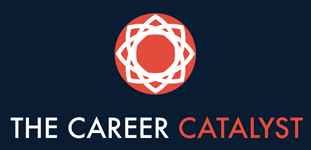
Now that you have a good idea of what’s next, it’s time to get that resume into shape—and while you’re at it, your LinkedIn profile! Let’s start with your resume.
Go back to that list you made of your transferrable skills. Grab those and throw them onto the top of your resume, under your name. This section can be called “Skills summary” or “Professional highlights” or something along those lines. But don’t just add the skills; instead, add them and then demonstrate them. Many people claim things like “excellent communication skills,” but not many people take the time to show that that’s actually true. Back your statements up: “Excellent written communication skills, as shown by blog that increased readership by more than 25% during my tenure,” “Proven organizational skills, as shown by planning and execution of events for up to 75 attendees.” These points will really show that you have the skills you say you have, and will allow the people reading your resume to see a little piece of you in action.
Next, learn the jargon of your intended new career. You can start this process by finding other people who do the work, and connecting with them via social media. (If you’re looking for a field in which people aren’t active on LinkedIn, you will need to gain this info through in-person conversations, but don’t be embarrassed to ask what some key words and concepts are in the occupation. Most people are happy to give you some examples.) Once you understand these terms, add them to your resume to show you’re really a member of that particular community. You can talk the talk so you are likely to be able to walk the walk!
Finally, have someone in your intended new field look over the document and give you some feedback. You can offer a small token of thanks to this person, like a cup of coffee or a bottle of your famous homemade hot sauce. Get as much feedback from industry insiders as you can, since these are the people who know what you will need to do to get a foot in the door.
But be aware that you’re not done yet! You have an excellent resume template, but you will still need to customize it for each role you apply for. Read the job description carefully, and match the language and skills on it as clearly and cleanly as you can. The tailored resume will demonstrate that you have spent time reading the posting and that you really want the job, so be sure not to skip this step.



